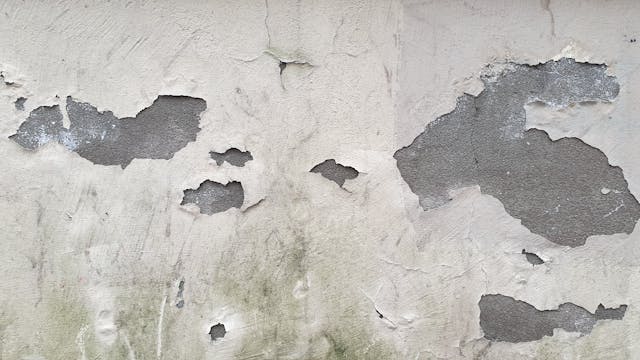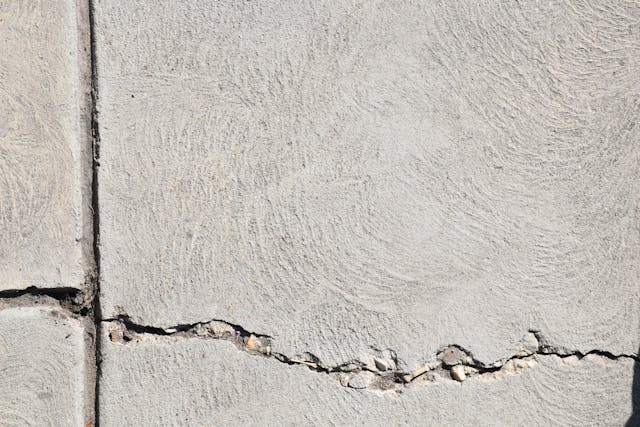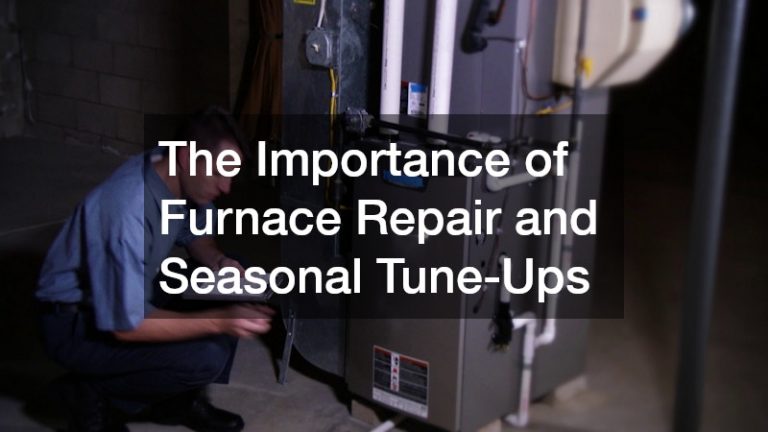

- Unstable soil can cause uneven concrete and lead to structural issues, which can be prevented through proper drainage systems, grading, and maintenance.
- Consider stabilization methods such as compacting or adding support structures like helical piers in areas with prone soil movement.
- Regular visual inspections of concrete are essential for catching minor issues before they become more significant problems.
- It is crucial to address uneven concrete promptly to prevent further damage and maintain the structural integrity of your home.
Concrete surfaces are the foundations, both literally and figuratively, of our built environment. They support our homes, streets, and cities, steadfast against the test of time and weather. However, like all things, they are not immortal. Gradually, concrete can develop issues, from small, seemingly cosmetic cracks to more severe structural concerns.
Recognizing and addressing these problems promptly is crucial for maintaining safety and aesthetic appeal. Fortunately, in the modern age, innovative solutions are revolutionizing how we repair and restore concrete surfaces, offering unparalleled efficiency and longevity. This blog explores some of the most cutting-edge methods available today.
Understanding Concrete Damage and Its Impacts
To appreciate the necessity of repair and restoration, it’s essential to understand the origins and implications of concrete damage. Various factors can contribute to a concrete’s breakdown, including environmental stressors like freeze-thaw cycles, soil erosion or movement, and general wear from heavy use or traffic over time.
The impacts of such damage can range from the superficial to the profound. Cracking not only reduces the visual appeal but can also compromise the structural soundness of the concrete. In the long term, this can devalue the property and pose risks to those who use the space.

Exploring Modern Repair Techniques for Concrete
Thankfully, material science and construction technology advances have given rise to innovative approaches that outperform traditional methods in several ways. Here are some of the cutting-edge techniques bringing new life to aging concrete:
Slab Jacking
Slab jacking is a precise and effective method to lift and stabilize concrete slabs that have sunken due to voids. This technique involves drilling strategic holes in the slab and injecting a grout mixture to fill the void and raise the concrete. It’s a minimally invasive process that can correct settlement with remarkable accuracy.
When opting for slab jacking services, consider using a high-density polyurethane foam, which offers superior strength and durability compared to traditional grout mixtures. This material also has a fast cure time, allowing for a quick return to use of the repaired area.
Epoxy Injection
Epoxy injection is a standout method for repairing cracks in concrete. It doesn’t just seal the gap; it restores the structure’s total load-bearing capacity. The process involves cleaning the crack, installing injection ports, and flooding the crack with the epoxy mixture under pressure. The epoxy then hardens, creating a solid bond that welds the concrete back together.
Polymer Modified Overlays
Polymer-modified overlays are a game-changer for resurfacing weathered or damaged concrete. This innovative solution consists of a thin layer of modified concrete that can be applied on top of existing surfaces. The result is a durable, skid-resistant finish that can add decades to the life of a slab while revamping its look.
Moreover, these overlays can be applied quickly and inexpensively compared to traditional demolition and replacement methods. They also allow for endless design possibilities, including custom colors and patterns.
Self-Healing Concrete
One of the most fascinating developments in concrete technology is the concept of self-healing concrete. This futuristic compound contains the ability to repair micro-cracks autonomously. The process, often activated by water or air exposure, encourages the formation of new concrete minerals within the crack, improving the concrete’s lifespan and reducing the need for external intervention.
Choosing the Right Solution for Your Concrete Needs
The sheer variety of options can be daunting for property owners looking to address their concrete issues. It’s essential to consider the damage’s extent, the concrete’s specific characteristics, and the area’s intended use. Professional assessment and advice can help steer you towards the most suitable repair strategy. When deciding on repair methods, weigh factors like cost, downtime, and the expected longevity of the repair.

The Bottom Line
Innovation is the crux of sustainable progress, and the realm of concrete repair is no exception. These advanced methods are not only superior in their remediation abilities but also in their contribution to sustainable urban development practices. By opting for these forward-thinking approaches, property owners can effectively extend the life of their concrete surfaces, ensuring their safety and enhancing their property’s visual appeal. Our responsibility is to be proactive and stay informed about these advancements, as our choices today can impact the environment and the generations to come.


